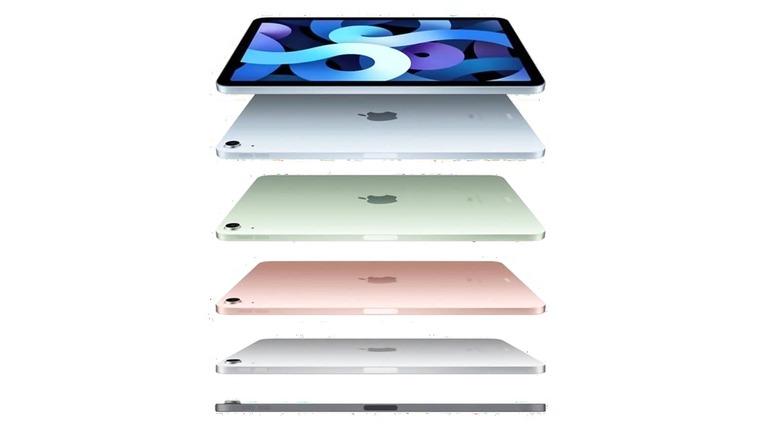
views
The tablet market largely remains dominated by Apple iPads that come in a range of sizes. Apple’s tablet lineup includes the iPad Pro series, which features the most advanced hardware. We have the iPad Air series, which is essentially a toned-down variant of Pro models designed for semi-professional customers. We also have the regular iPad series and iPad mini designed for entry-level customers. However, all iPads run on Apple’s iPadOS (current version iPadOS 15), which is similar to iPhone’s iOS software. Though there are some differences in the interface and availability of apps, the iPad still remains a highly useful productivity device. If you’ve purchased or are planning to buy an iPad for the first time, here’s a beginners guide.
iPad Basics
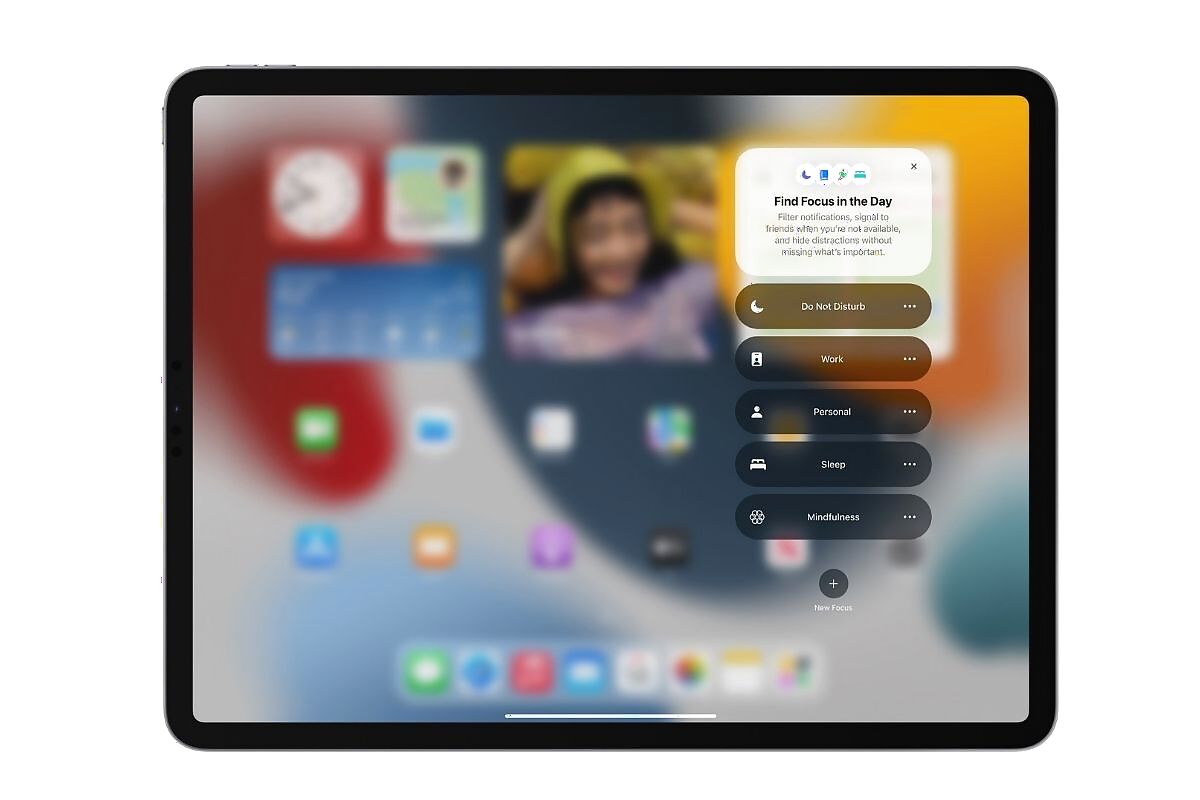
The basics begin with login in with your Apple ID. If you already are an iPhone user, you can seamlessly sync data with the unified Apple ID. iPads are fully touch-enabled, so users can control apps using simple gestures – tap, touch and hold, swipe, scroll, and zoom. To preserve the battery, the iPad also allows users to switch to Low Power Mode. It limits background activity and optimises performance for essential tasks like making and receiving calls, email, and messages. There’s also AirDrop that lets users transfer huge files between Apple devices in a few seconds. Airdrop uses Bluetooth technology, and the Wi-Fi should be enabled. Users can save full-page screenshots as PDFs. You can take a full-page, scrolling screenshot of a webpage, document, or email that exceeds the length of your iPad screen, then save it as a PDF.
Multitasking with iPad
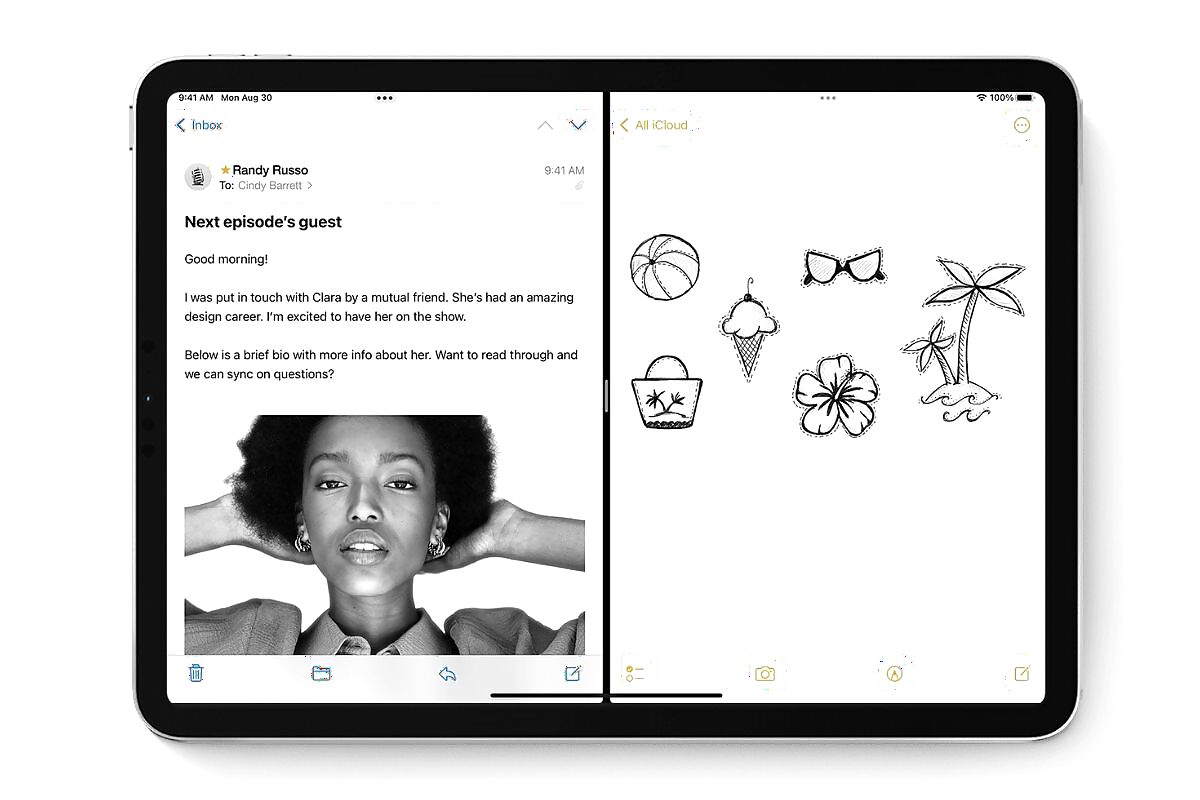
As mentioned, iPadOS offers a similar experience to iOS but it remains more useful for multitasking. The large screen lets users run multiple apps side-by-side in a split view or side over-view. To use multitasking:
- Open an app.
- Tap the Multitasking button (three vertical dots) at the top of the screen.
- Tap the Split View button or the Slide Over button. The current app moves aside, and your Home Screen appears.
- Tap a second app on your Home Screen. (Swipe left or right to see apps on your other Home Screen pages. You can also tap an app in your Dock.)
Users can drag and drop text and images from one app to another while using Split View. Select it first, and then hold your finger down on the selection until it has an outline around it. Then simply drag it into the other app you have open. There’s also a Centre Window, where users can work with email, notes, or messages in the centre of the screen without leaving their current view. Touch and hold a note, email or message and select open in a new window in the centre of the screen.
Optimised Microsoft Apps on iPad
Whether you’re an Apple user or an Android fan, Microsoft apps remain highly powerful and useful to all customers. iPad supports Microsoft office apps that are optimised for iPadOS. Users can take advantage of Word, Excel, and Powerpoint tools designed for mobile tasks, like creating PDFs, signing documents, converting images to text and tables and other quick actions. You can also use the iWork suite of apps, including Pages, Numbers and Keynote. These apps are available for free on iPad and come with a variety of templates and advanced features.
Additionally, there’s also a Picture in Picture (PiP) on iPad that lets users watch videos in a floating video while having other apps opened.
Organise with Widgets and App Library on Apple iPad
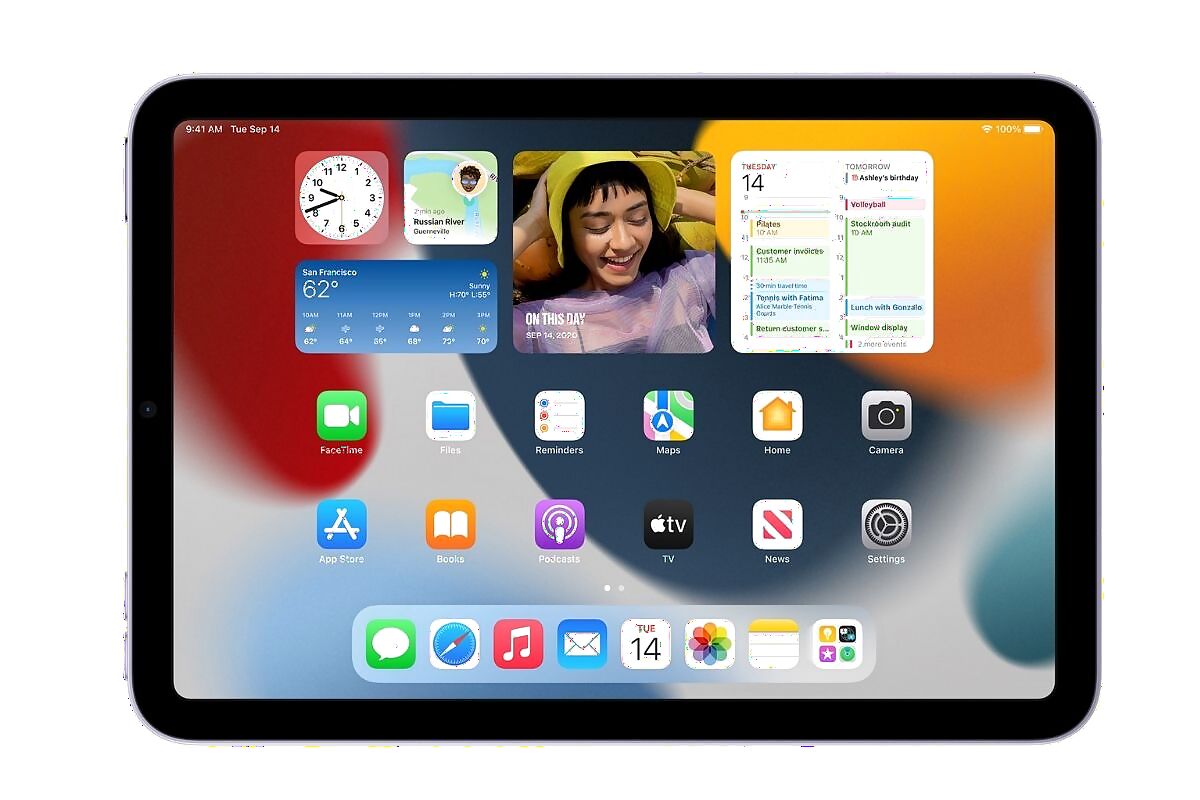
Similar to iOS 15, iPadOS lets users add widgets on the home screen. Adding widgets to your Home Screen lets users view important updates without opening the app. Touch and hold the Home Screen until the apps jiggle, then tap on the ‘plus’ symbol in the top left corner. You can also try a Smart Stack — a collection of widgets that displays the right widget on your Home Screen based on factors like your location, current activity, or the time. Easily reorder the widgets in your Smart Stacks right from the Home Screen with new controls.
Communicate With Translate on iPad
The Translate app is also now available on iPadOS. System‑wide translation lets users translate text, even in many third‑party apps. In the app, Auto Translate and face-to-face view improve conversation flow and make it easier to follow along. Select your text, tap Translate, and then tap Replace with Translation. Users can also hear the pronunciation of text in another language by selecting the text, tapping Translate, and then tapping the play button on the translation card.
Apple iPad’s Live Text Feature
Apple’s Live Text feature lets users extract information from images directly. It even allows users to select a phone number on the image and make calls. Use the camera right on the keyboard by tapping in the text field and selecting the scan icon. Your keyboard will then turn into a camera that you can point at the text. The Live Text understands seven different languages – English, Chinese, French, Italian, German, Portuguese, and Spanish.
With Visual Look Up, you can quickly learn more about popular landmarks, art, plants, pets, and other objects that appear in your photos or on the web. Open a photo in the Photos app, then tap the Visual Look Up button if it appears. Tap the icon that appears in the Info window or the photo. For example, you might see a paw print icon for pets and animals or a leaf icon for plants and flowers.
Take Notes with Apple Pencil
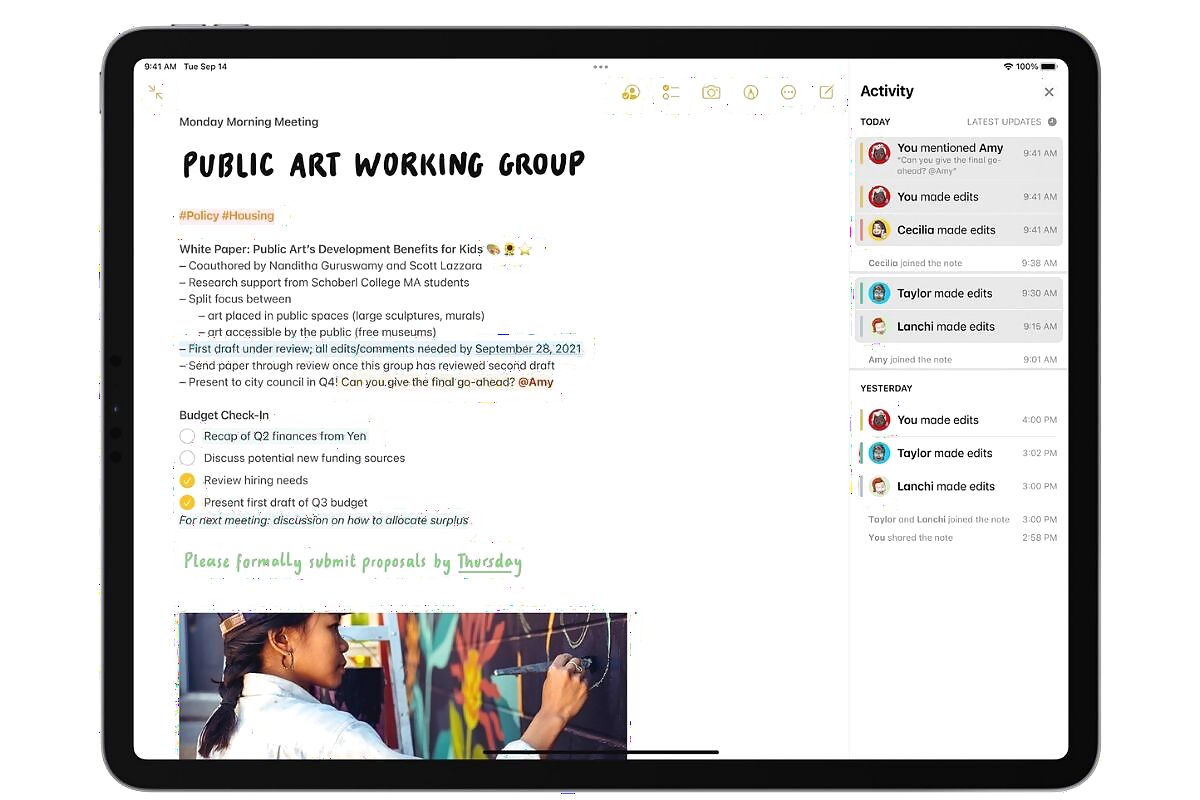
Apple Pencil is essentially a stylus that lets users take notes or draw on the iPad. On iPadOS 15.2, users can also access Quick Note with a swipe from the lower left or lower right corner of the screen. Whether finding a recipe or a gift on Safari, bring up Quick Note anywhere in the system to jot down a thought. You can also add links from an app or website to create context. If you make a Quick Note on your iPad, it will be on your iPhone and Mac, too. Users can tag a note using the ‘#’ symbol and a keyword, then find it later in the Tag Browser. There’s also a Scribble feature that converts handwritten into typed text in real-time.
Read all the Latest Tech News here




















Comments
0 comment